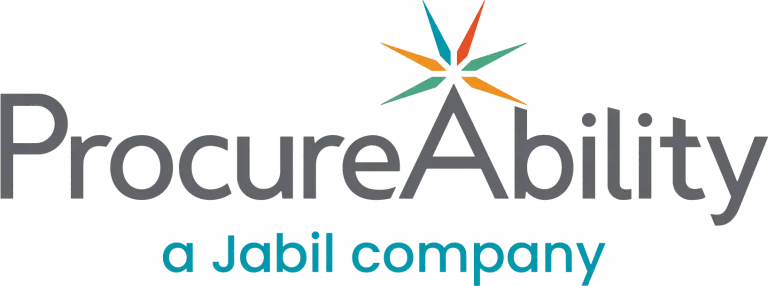Currents of Change: Electrification’s Impact on the Utility Supply Chain
Utility companies are stepping up to the challenges of electrification with new technologies and stronger supplier partnerships. Yet with electricity demand growing across industries—from AI data centers to electric vehicles (EVs)—how is your organization preparing its supply chain for what’s next?
In our latest insights, Currents of Change: Electrification’s impact on the utility supply chain, we explore the global shift toward electrification, its impact on utility supply chains, and the strategies utilities can use to stay ahead.
The growing demand for electrification
Electrification is at the center of global efforts to reduce carbon emissions and boost energy efficiency. It offers major opportunities for utilities while introducing new challenges. As industries accelerate decarbonization, the energy sector’s role in enabling this transition becomes even more critical.
This transformation is reshaping how we produce and consume energy. It also highlights the need for greater resilience, innovation, and long-term planning in procurement and infrastructure.
However, rising electricity demand is putting new pressure on supply chains. Transportation, residential, and industrial sectors all require more power, and critical materials—like copper, lithium, and rare-earth metals—remain in short supply. Procurement teams now face the task of securing these scarce resources while managing costs and risk.
Key strategies for resilient utility supply chains
Our whitepaper outlines several strategies utilities can adopt to strengthen supply chain resilience:
- Emerging technology integration. With the rise of EVs, renewable energy, and AI computing, utilities must adopt smart grids and energy storage systems. These tools help balance demand, optimize distribution, and store power for peak usage periods.
- Modernize infrastructure. Much of the U.S. power grid is over 40 years old. Aging infrastructure limits the integration of decentralized renewables. Investing in modern hardware, software, and grid upgrades is essential to support new energy sources and EV adoption.
- Mitigate risks proactively. Global supply chains continue to face disruptions from geopolitical tensions, natural disasters, and material shortages. Utilities can strengthen resilience by using predictive analytics, improving supply chain visibility, and applying technologies such as AI and blockchain to forecast risks and improve performance.
The disruptions and opportunities ahead
As AI advances, utilities are well positioned to build stronger, more agile supply chains. By combining advanced technology with strategic sourcing, they can streamline procurement, enhance transparency, and reduce disruptions. This proactive approach not only supports sustainability but also cements utilities’ leadership in the energy transition.
With electrification accelerating, timing is everything. Utilities that invest now—in smart technology, infrastructure upgrades, and comprehensive risk management—will be better prepared to adapt and thrive in a fast-changing energy landscape.
Download your copy of Currents of Change: Electrification’s impact on the utility supply chain to learn how utility organizations can navigate these shifts and successfully position themselves for the future.


